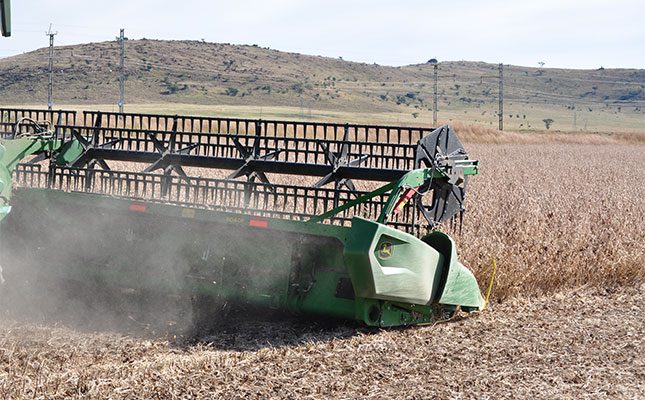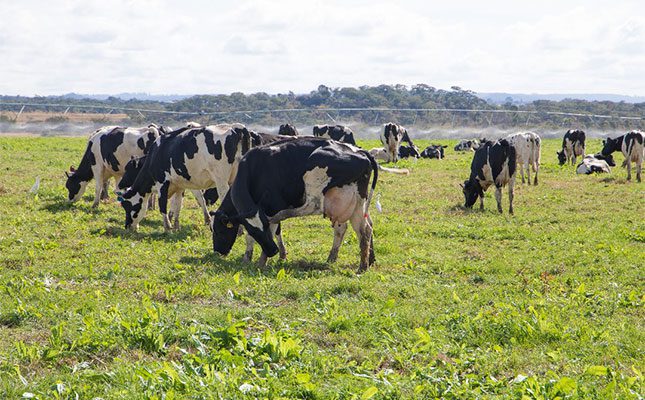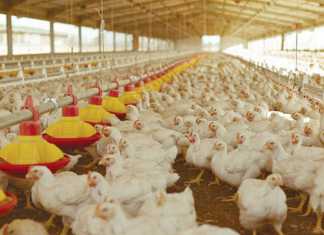
Photo: Glenneis Kriel
Andries Wiese, national business development manager at Hollard Insurance, compared outdated business practices to a family recipe quirk: cutting the corner off a leg of lamb for no other reason than ‘that is how it has always been done’.
“Farmers should avoid looking backwards all the time when navigating the future of agriculture,” he said.
Wiese noted that dairy operations faced a broad spectrum of risks, ranging from operational, financial, and environmental to reputational and social.
To future-proof a dairy, he recommended the diversification of income streams, investment in technology and data to keep up with the rest of the industry, the prioritisation of compliance and staff training, transparent record-keeping to keep everybody on the same page, fostering community and stakeholder adaptation, staying ahead of market and consumer trends, and building networks.
Wiese added that while insurance remained a key tool in risk management, Wiese said, it needed to be tailored to dairy-specific exposures, such as livestock mortality, damage to property, equipment breakdown, business interruption, product and environmental liability, and worker compensation.
Producers should also work with specialist brokers, as they do when consulting production advisers; regularly review policies to ensure their insurance was still relevant; and manage on-farm risks to keep premiums stable. If they owned more than one farm, their policies could also be bundled to reduce duplication.
In addition, records should be transparent in terms of the how and what was insured, as well as the process to be followed when something broke down or damages were suffered.
“The amount of knowledge out there today is incredible. The challenge is to integrate it into farm and risk management programmes to reduce uncertainties and improve production sustainability,” Wiese said.
Huw McConochie, research nutritionist at Zinpro in the UK, touched on what he called the “Bovine Bucket List”: the essential conditions cows needed to be healthy and productive. These included sufficient lying time, annual breeding, and adequate intake of dry matter.
He specifically highlighted the often-overlooked role of muscle mass in dairy cow performance: “Research has shown that cows with higher muscle reserves produce more milk in the first part of lactation, transition more smoothly post-calving, cope better with heat stress and disease risk, and have higher longevity than their lower-muscle counterparts.”
While body condition scoring played an important role in dairy management, McConochie said it did not give a good indication of muscle reserves. The same applied to the weighing of animals, especially when it came to heifers.
“The ratio between hidden fat and fat that can be seen is higher for heifers than for cows. Internationally, I am seeing many fat heifers. It is not uncommon to find more than 30% of heifers being overweight in a well-managed herd,” he said.
He added that producers should consider using ultrasound scans to help them differentiate between high- and low-muscle animals, although there was still a lot of variability in the results.
According to McConochie, key management strategies aimed at improving muscle included feeding adequate high-quality protein during late lactation and the dry period, optimising amino acid supply, avoiding overfeeding energy, encouraging exercise in young animals, and managing the cows’ body composition from the time they’re in utero to the time they reach maturity.
However, he said farmers should not aim to produce leaner cows, as this could negatively impact reproduction.
“Muscle is especially important during the first 17 days of lactation, while fat is needed from then on. Therefore, body condition remains important. Cows with more muscle, nevertheless, will lose less condition during lactation than those with less muscle,” he explained.











